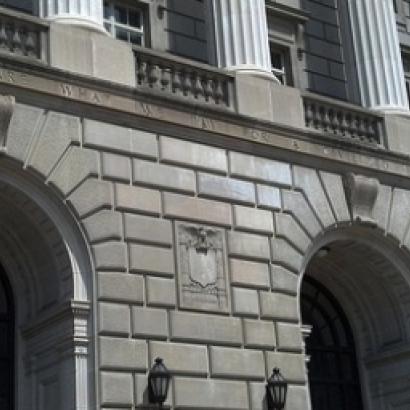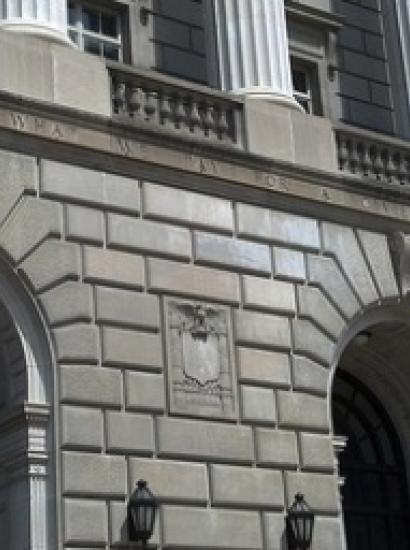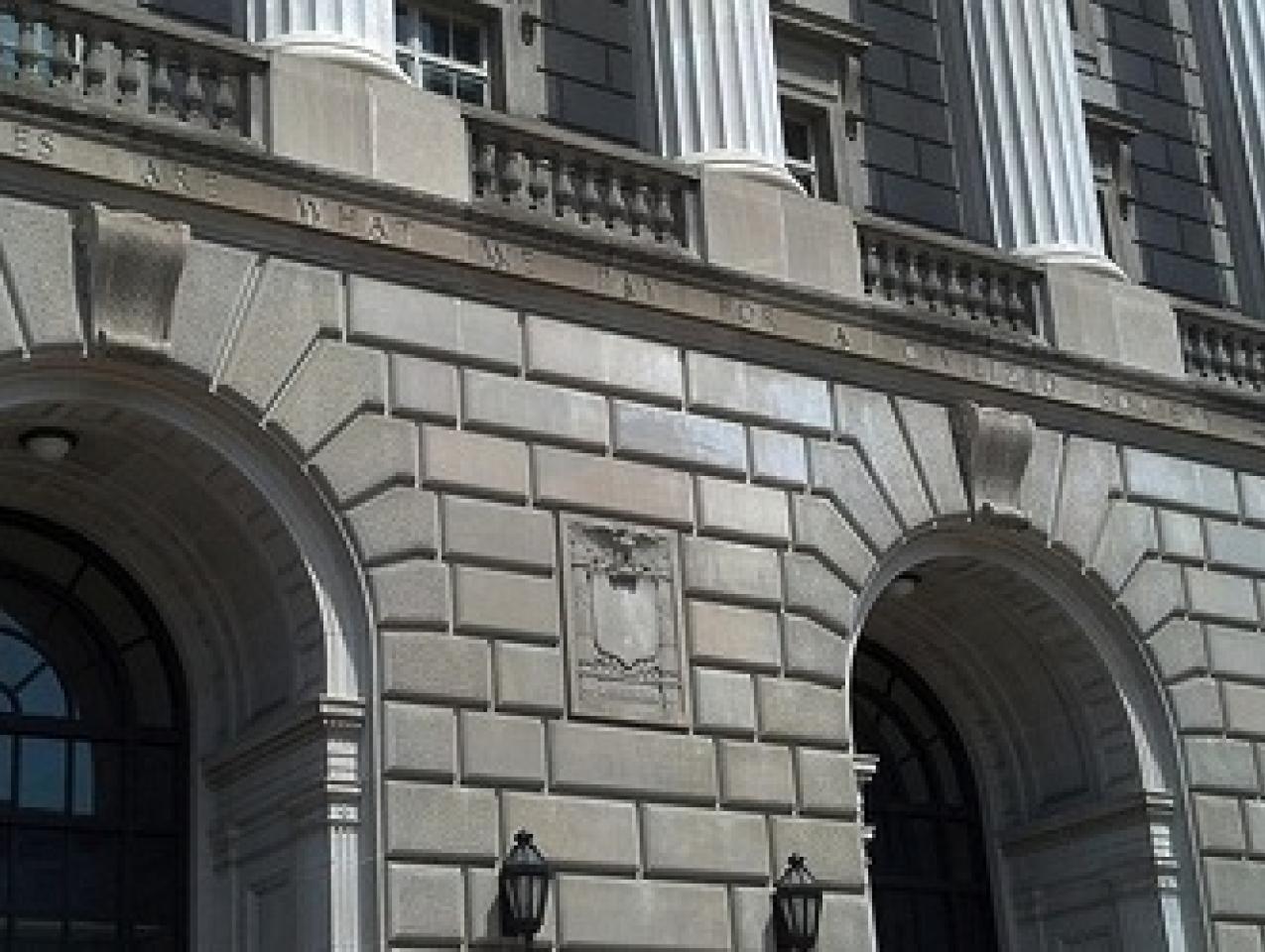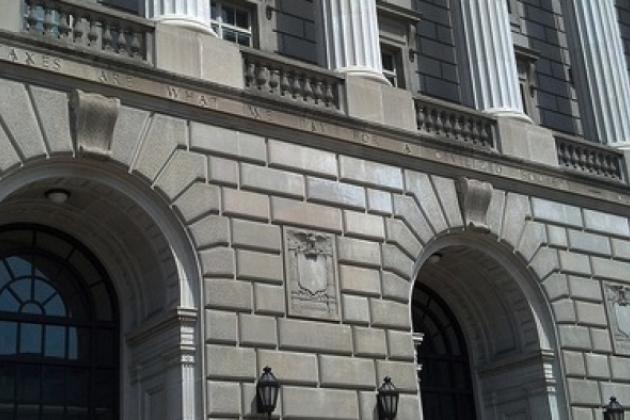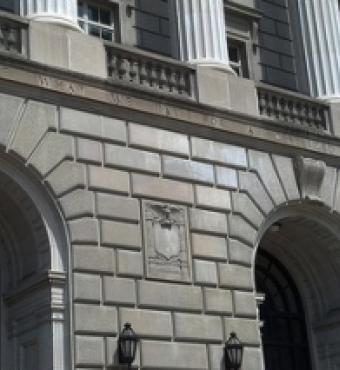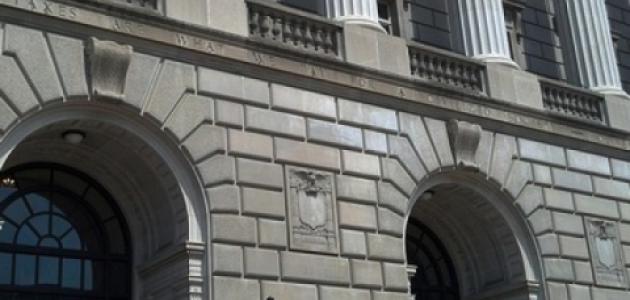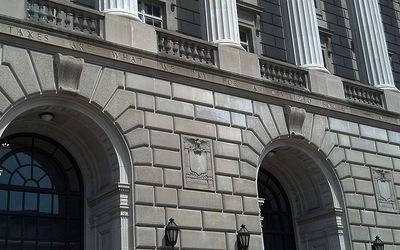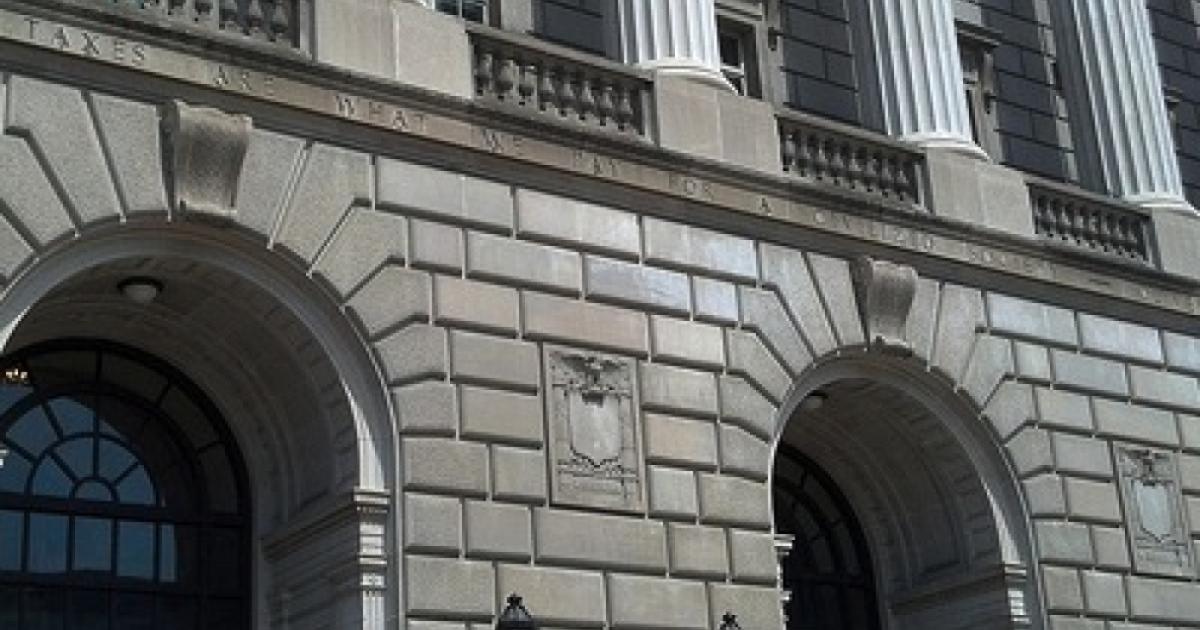- Economics
A funny thing happened to me on my way to pay my state and federal income taxes this April. Well, it wasn’t funny and it didn’t happen to just me—it happened to many Americans: my income rose in 2012 but my taxes rose even faster.
My family’s income in 2012 was up about 40 percent, but my California state and federal taxes were up more than 150 percent, primarily due to my hitting higher tax brackets and missing out on deductions I had previously enjoyed. With a “progressive” tax code and a growing economy, the government’s tax collections grow relatively faster than the income of regular Americans. During recessions, when income falls, the government’s tax collections shrink relatively faster. It is exactly this relationship that makes the government the biggest beneficiary of a strong economy and the biggest loser in a down economy. But you would never know that from the myopic, anti-economic policies regularly instituted by politicians and bureaucrats. They haven’t learned from or acted on the refrain: It’s the economy, stupid.
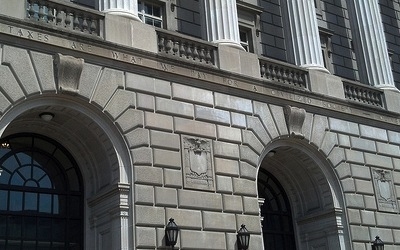
Photo credit: Martin Kalfatovic
Mathematically, tax revenues are the product of the tax rate and the economic behavior being taxed, minus any compliance leakage. For a government to collect more money, either the tax rate or the economic behavior must increase, or both. In a growing economy or, at least with people like me having a good year, both of these effects happen in parallel; my income rose and my effective tax rate increased along with it. The government got a twofer. For this very reason, governments benefit from a healthy economy relatively more than you or I.
Economists say these returns are elastic, meaning that a given percent change in economic activity results in an even larger percent change in tax collections. For instance, if the elasticity is 1.4, when the economy grows 10 percent, taxes increase not by 10 percent, but by 14 percent. According to Steven Gold of State University of New York, Albany, the personal income tax has a high elasticity, nearly always more than 1.0. If the government has an elasticity greater than 1.0, then our elasticity must be less than 1.0. That is, when our before-tax income increases by x percent, our after-tax income increases by less than x percent.
Capital gains taxes have a particularly high elasticity. With capital gains taxes, “the government doesn't play fair. It taxes gains, but losses are deductible only under certain conditions and circumstances. In finance-speak, the government grants itself a call option on your profits.” By the very definition of capital gains, the government takes more in a healthy economy because there are actual gains to be taxed, compared to a bad economy, when prices fall and the government gets squat.
Personal income taxes show a similar relationship. For instance, my income went up 40 percent in 2012 while my taxes went up over 150 percent, for an elasticity of 3.75. It is not hard to see how the overall average elasticity is greater than 1.0.
The government keeps track of its tax collections and the overall GDP and, if we look at the long-term data, we will notice something startling: Since 1946 and the end of World War II, the federal government’s tax receipts as a percentage of gross domestic product have averaged 17.7 percent, according to the Office of Management and Budget, and this percentage has been surprisingly steady. The maximum was 20.6 percent in 2000 (an economic heyday) and the minimum was 14.4 percent in 1950 (the recession of 1949 shrunk GDP by 1.7 percent).
Think about that. There have been Democrats and Republicans sitting in the White House with all imaginable combinations in Congress; there have been tax lovers and tax haters, and yet the percentage has held relatively constant over the years. Tax rates, however, have been far from constant. The top marginal federal tax rate has been as high as 92 percent (1952-53) and as low as 28 percent (1988-90).
Look closely at these two specific periods: the percentage of GDP collected in 1952-53 was 18.9 percent with a top marginal tax rate of 92 percent while a pretty similar 18.2 percent was collected in 1988-90 with a top marginal rate less than a third as high. What gives?
This surprising relationship is called Hauser’s Law, named after Hoover Institution’s W. Kurt Hauser. This seems to contradict my earlier conclusion that the government’s percentage take of the economy increases during economic growth. In reality, the two agree completely. Analyzing the data behind Hauser’s Law shows us empirically that the federal government’s tax receipts as a percentage of GDP do indeed increase during periods of economic growth and, if anything, they decline with higher marginal income tax rates and capital gains rates. In fact, the factor most associated with the government’s percentage take in any given year is GDP growth over the four prior years.
President Obama has frequently stated that the Bush-era “tax cuts for the rich” have been responsible for the government’s financial problems. But these particular tax cuts were instituted in 2003 and for years afterwards, through 2007, revenues went up, not down. Consider that The New York Times reported in 2006: “An unexpectedly steep rise in tax revenues from corporations and the wealthy is driving down the projected budget deficit this year.” The tax cuts were good for the government and us. What drove down revenues in recent years was not tax rates that were “too low”—they had not changed since 2003—but the bad economy (think Great Recession) that provided less income to tax. The inescapable conclusion is that if the government wants more money, it should foster economic growth. It’s the economy, stupid.
This is not to imply that taxes do not matter—they do. Taxes create deadweight losses—losses to one person that are not balanced by a gain to someone else—through disincentives, dislocations, waste, and compliance. The disincentives come about when people do not receive the full benefit of the income they earn, so they generally work less or invest less. Or they might work just as hard, but at non-income earning activities such as genealogy or gardening or golf.
Dislocations result from a resource being used in a less beneficial way, purely as a response to taxes. Think of farmers growing corn for ethanol fuel. Think of people who live together rather than become married, just to avoid the tax code’s so-called marriage penalty.
Why does the waste arise? Well, this is the government we are talking about. We have all seen how the government spends our money less wisely than we would ourselves. No doubt you can picture bridges to nowhere, unneeded weapon systems, duplicative agencies, deep bureaucracies, payments to cronies, and bizarre studies.
The government often goes out of its way to waste money, partly under the mistaken belief that it is good for the economy to spread all that cash around and partly out of its need for self-aggrandizement.
This nation’s tax code has been estimated to have compliance costs of $431 billion a year, or 30 percent of all income taxes collected, according to the Laffer Center. Just look at how big the tax compliance industry is: It employs more people than all the workers at Wal-Mart, UPS, McDonalds, IBM, and Citigroup combined. These accountants, attorneys, and financial planners struggle to ensure that we taxpayers comply with the IRS’s complex tax rules. Create a simpler tax code and these people could do other, more valuable work—work that would actually grow the economy in a more meaningful way.
Some politicians, like President Obama, want to raise tax rates through legislation. This is the wrong way to fill government coffers. The government should find a way to collect tax revenues while reducing deadweight losses. Government officials should revise the tax system so that it focuses primarily on economic activity and our well-being, and only secondarily on tax revenues.
Like a bumbling alchemist, Obama turns his rhetoric into economic deterrents. What scares potential investors and businessmen is uncertainty. People are generally risk-averse and, therefore, uncertainty about the future and the potential for bad outcomes are scary. It is natural, therefore, while planning for the future, to consider worst-case scenarios.
So what does Obama do? He incessantly talks about raising tax rates. As if the negative effects of current taxes are not enough, these vague threats cause most businesses, which plan years or decades into the future, to alter their business plans and avoid some investments in otherwise favorable ventures. Long-term investing requires going out on a limb. Why do that with the sound of a chainsaw revving in the background?
If governments were smart, they would realize that they, more than anyone else, benefit from a healthy economy. Government officials should remove impediments to economic activities, reduce regulations, lower marginal tax rates, create a simpler tax code, stop talking about increasing taxes, stop running deficits, stop scaring investors and business people, stop being so selfish, start spending less, and basically get out of our way. It’s the economy, stupid—or rather, it’s the government.








